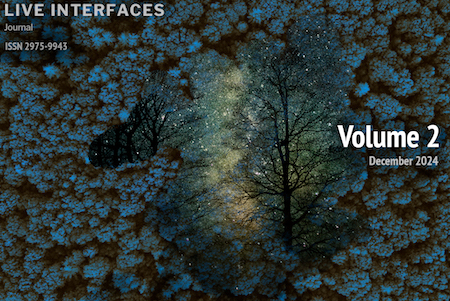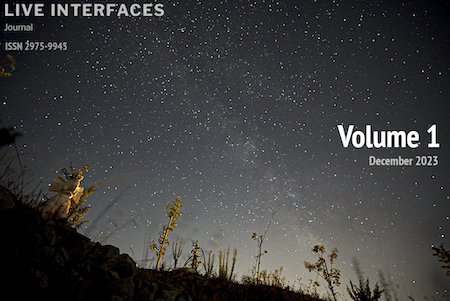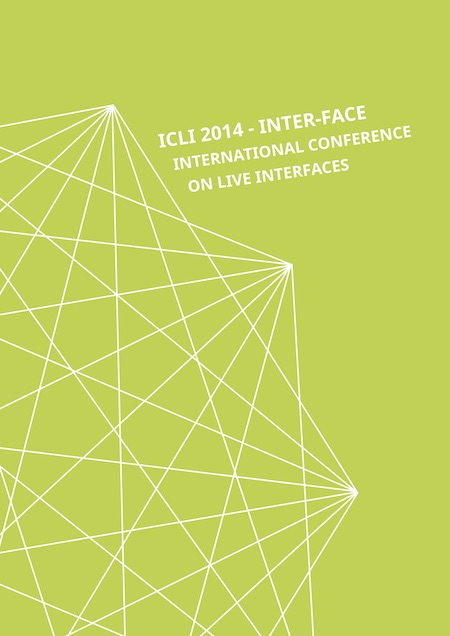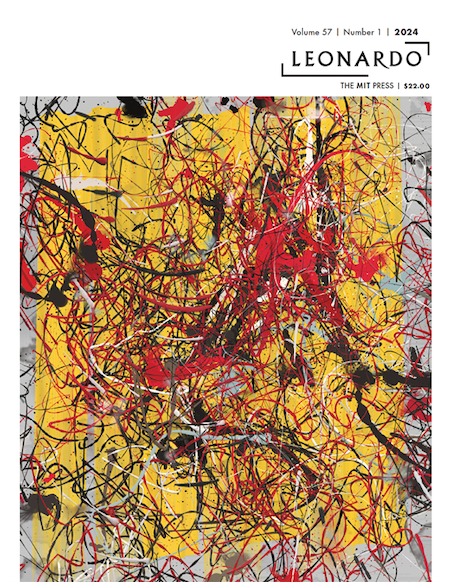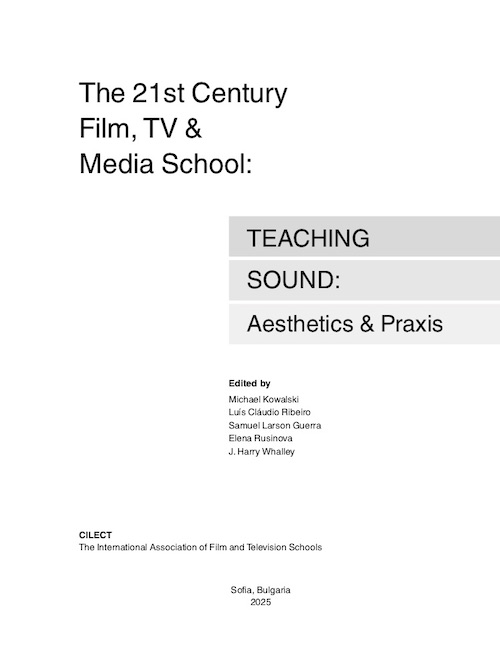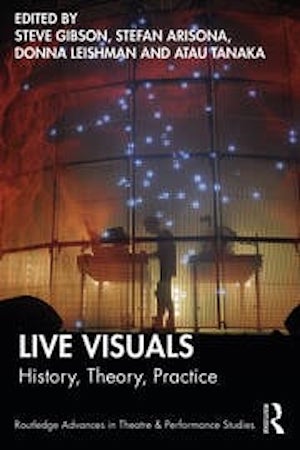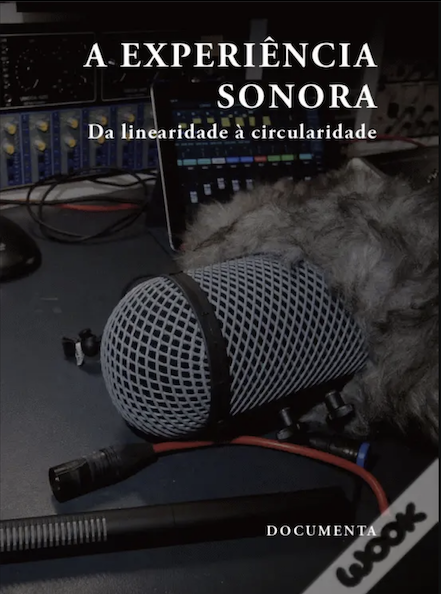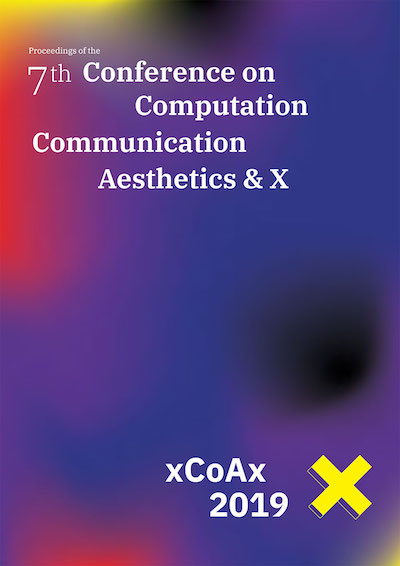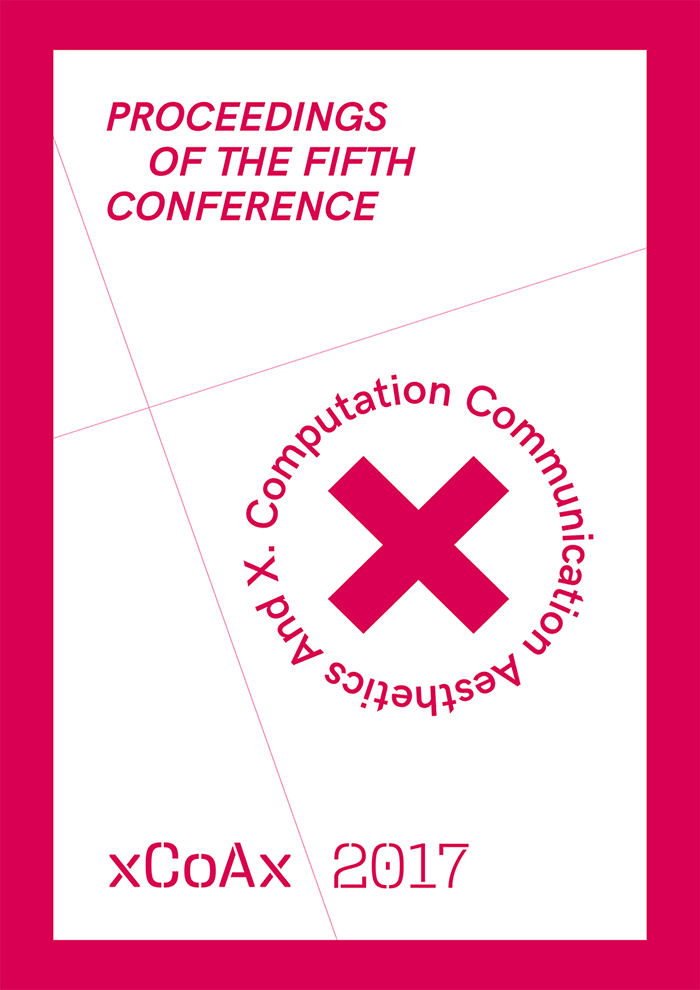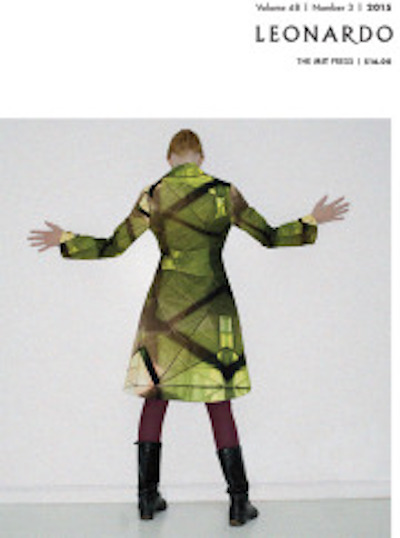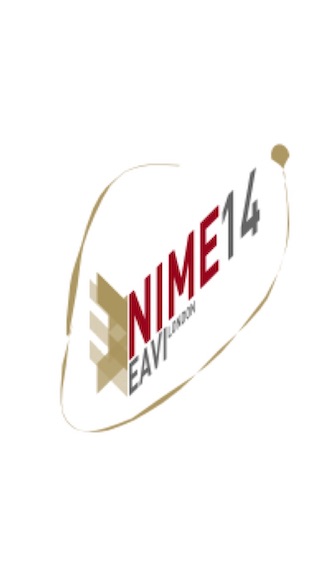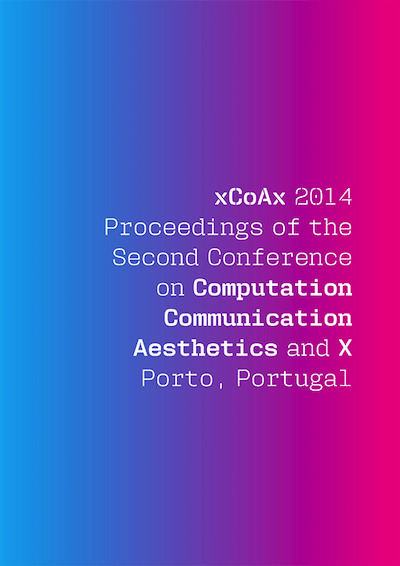
|
ICLI 2022 offered the opportunity to investigate how different understandings of performance technology might convey an approach or an alienation from the physical body and the environment. It exposed a variety of motivations and approaches to ‘liveness’, ‘timing’ and ‘flow’.
The debate on environmental impact and sustainability has been proliferating, and so do the social “off-grid” movements, as well as artistic practices that sonify and visualise physical phenomena that are not directly perceivable through human senses. This coexists with the dominant paradigm in our current societies, where all is supposed to be quantifiable, and the reality on a mobile phone screen is seemingly truer than direct experience. Nevertheless, software is necessarily biased: it mediates our action through code, and code embeds theories informed by specific purposes and criteria. The problem is, those theories are too often taken for granted. They remain concealed in a black box formed of multiple layers of code; the more science and technology succeed, the opaquer and obscure they become, and the more distant we become from computation as creative material. The more distant we might become from a humanistic way of thinking.
Previously, ICLI took place in Newcastle, UK (2012), Lisbon, PT (2014), Sussex, UK (2016), Porto, PT (2018) and Trondheim, NW (2020). In 2022, it assumed a different format. There were invited contributions, rather than submissions. The program proposed a set of research vectors, while questioning how to connect the physically and non-physically present participants in inventive, engaging ways. The experience generated material for further research, and motivated the emergence of a peer-reviewed, media-rich journal called Live Interfaces.
|
